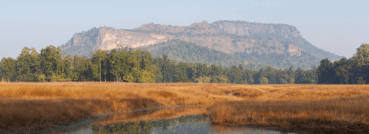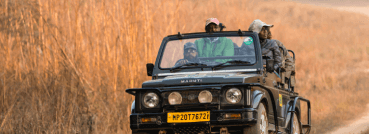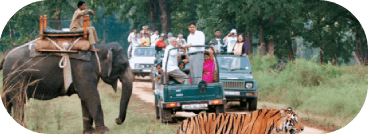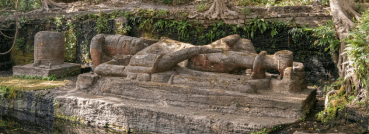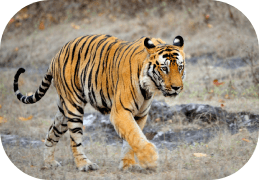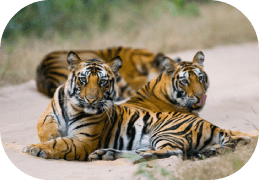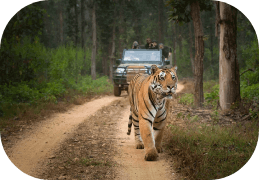Welcome to Sundarban
National Park
Step into the Heart of Untamed Beauty and Biodiversity, Where Mangroves Embrace a Symphony of Wildlife, and Every Step Unveils Nature's Enchanting Tale.
Welcome to Sundarbans National Park, a captivating destination that beckons nature enthusiasts and adventure seekers alike. As the largest mangrove forest in the world, Sundarbans unveils a landscape of unparalleled beauty where dense mangrove roots create an otherworldly maze. One of the main draws is the chance to encounter the Royal Bengal Tigers, as Sundarbans boasts one of the largest populations of these magnificent creatures. Beyond the elusive big cats, the park is a haven for birdwatchers, showcasing a diverse array of avian species in a mesmerizing natural setting. Navigate the intricate network of rivers and estuaries on boat journeys, offering a unique perspective of the mangrove ecosystem and opportunities to witness daily life along the waterways. Sundarbans isn't just a natural wonder; it's also a cultural treasure. Engage with the local communities living on the park's fringes, experiencing their warm hospitality and learning about their unique way of life.
Read MoreSundarban Tour Packages
Book one of our specially crafted Sundarban tour packages to explore India’s one
of the greatest
national
parks and visit its wonderful tourist spots.
Safari Timing in Sundarban National Park
| Date | Morning | Evening |
|---|---|---|
Best Time to Explore Sundarban National Park
The Sundarbans National Park offers a diverse array of experiences throughout the year, each season bringing its own unique charm. Winter, spanning from November to February, provides mild temperatures and low humidity, ideal for wildlife viewing and boat safaris amidst calm waters. As spring unfolds from March to May, warmer temperatures invite migratory birds back north, making it a prime time for birdwatching enthusiasts. Despite the increasing heat, wildlife sightings remain plentiful during this period. Monsoon season, lasting from June to September, transforms the Sundarbans into a lush green landscape, albeit with heavy rainfall and flooded terrain, offering a more secluded experience with fewer tourists. Post-monsoon, from October to mid-November, witnesses receding waters and rejuvenated landscapes, providing excellent opportunities for wildlife sightings against the backdrop of verdant greenery. Depending on your preferences and tolerance for weather conditions, each season presents unique opportunities to explore the natural wonders of the Sundarbans.
Frequently Asked Questions
Q. Where is Sundarbans National Park located?
Q. What wildlife can be found in Sundarbans National Park?
Q. How can I reach Sundarbans National Park?
Q. What activities can I do in Sundarbans National Park?
Q. When is the best time to visit Sundarbans National Park?
Q. What accommodations are available in Sundarbans National Park?
Q.Which What should I pack for a trip to Sundarbans National Park?
Q.What Do I need a permit to visit Sundarbans National Park?
Q.What Are there specific entry restrictions in Sundarbans National Park?
Q.What What types of boat safaris are available in Sundarbans National Park?
Q.During Can I spot Royal Bengal Tigers during a visit to Sundarbans National Park?
Q. Is it safe to visit Sundarbans National Park?
Plot No: 236, 1st Floor, Rout Complex, Cuttack Road, Bhubaneswar - 751006

